Application
Quantum, variational and adiabatic genetic algorithms and their applications
Quantum Information Science and Technology (QUINST)
Group Description:
Quantum mechanics is at the heart of our technology and economy (laser and transistor are quantum devices), but its full potential is far from being realized. Recent technological advances in optics, nanoscience, and engineering enable experimenters to create artificial structures or subject microscopic and mesoscopic systems to new manipulable conditions where quantum phenomena play a fundamental role.
Quantum technologies exploit these effects for practical purposes. Quantum science aims to discover, study, and control quantum effects at a fundamental level. These are two sides of a virtuous circle: new technologies lead to the discovery and study of new phenomena that will lead to new technologies.
Our goal is to control and understand quantum phenomena at the multidisciplinary intersection of Quantum Information, Quantum Optics, Cold Atoms, Quantum Control, Spintronics, Quantum Metrology, Atomic Interferometry, Superconducting Qubits and Circuit QED, and Foundations of Quantum Mechanics.
The QUINST team comprises principal investigators Iñigo L. Egusquiza and Mikel Sanz, along with Xi Chen, Gonzalo Muga, Enrique Rico, and Liano Wu.”
Activity description:
This activity focuses on the tasks necessary to characterize and improve quantum algorithms and processes and search for their applications in industrial processes, finance, logistics, AI, quantum chemistry, among others. It consists of the following tasks:
- Development of mathematical tools for the analysis of the properties of quantum algorithms. In particular, the use of operator theory will be studied to bound errors in approximate quantum algorithms, and quantum channel theory will be employed to analyze the convergence of heuristic algorithms, such as quantum genetic algorithms.
- Analyse alternative quantum computing paradigms in NISQ processors against control errors, coherence errors, cross-talk, etc. In this context, the development of new “self-protected” quantum algorithms like Shor or Grover will be studied, as well as simulations and quantum AI software more resilient to errors.
- Optimization and acceleration of adiabatic-type algorithms using quantum control techniques or “adiabatic shortcuts,” introducing iterative and adaptive methods that only use knowledge of the initial and final Hamiltonians, and artificial intelligence and machine learning techniques to optimize speed and robustness against errors.
- Development of industrial applications and use cases for quantum algorithms, particularly in finance, logistics, artificial intelligence, and quantum chemistry, among others.
- Application of quantum algorithms (free from sign problems and other difficulties of classical computing) to the simulation of models of interest in nuclear and high-energy physics. Specifically, problems of many strongly correlated bodies with dynamic abelian and non-abelian gauge degrees of freedom and their application to the study of gauge theories.
Results
Coming Soon




